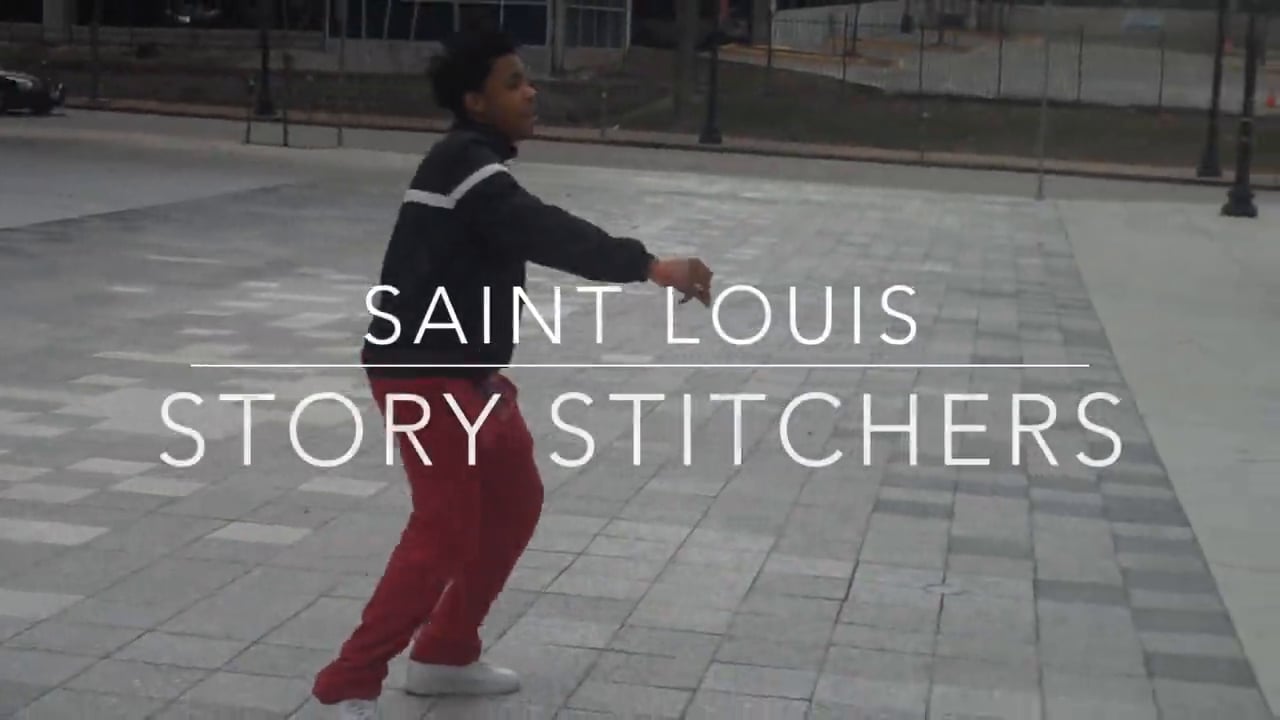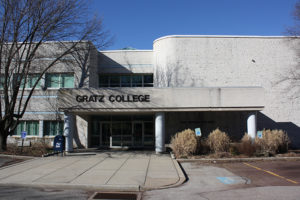Students in St. Louis are steeped in gun violence, but a nonprofit art collective is working to change the dynamic by recruiting black youth to produce music, poetry, and other art to raise awareness about social justice issues in their community.

Students in St. Louis are steeped in gun violence, but a nonprofit art collective is working to change the dynamic by recruiting black youth to produce music, poetry, and other art to raise awareness about social justice issues in their community.
The St. Louis Story Stitchers pair professional artists with local black youth between 15 and 24 years old to tell their stories in ways that promote strong character virtues and civic pride, intergenerational relationships, and literacy, EdSurge reports.
“Story Stitchers erase real and perceived divisions through cultural exploration and arts practice,” according to its website, “by stitching together our city.”
The goal is “to promote a better educated, more peaceful and caring region through storytelling.”
In much of The Gateway City, peace is hard to come by.
“In St. Louis in the past five years, 15,000 victims were murdered, shot or robbed at gunpoint. Over 90 percent of St. Louis residents who were killed by guns were African-American, and two-thirds were under the age of 30,” EdSurge reports. “The Circuit Attorney reports there were 2,092 shootings in 2015 and half involved youth age 25 or under.”
Story Stitchers offers local youth another way by showcasing their talents in public awareness campaigns on social justice issues including discrimination, literacy, the lack of fresh foods, and gun violence. This summer, the group launched a Pick the City UP campaign that helped students host music, poetry, and other live performances in the city’s cultural venues, parks, and neighborhoods where they live.
Some learned to craft raw and authentic messages of hope and to offer solutions through hip hop and dance, while others documented the performers to produce photos, video and other messages posted online.
With Story Stitchers, the city’s black youth are learning to “work collaboratively to generate research, rhythms, writing and recordings that eventually become live performances, PSA spots and educational videos with strong messaging,” EdSurge reports.
The young adults are paid for their efforts, through both sales of published songs, poetry, and videos, and for work on video projects and administrative tasks for Story Stitchers.
In essence, the art collective is helping St. Louis’ black youth turn their violent reality into something positive, while also improving the city’s moral ecology with real-life experiences that develop character, literacy, and a sense of purpose.
James Hunter, sociologist at the University of Virginia and founder of the Institute for Advanced Studies in Culture, notes in The Tragedy of Moral Education in America that character “is a story about living for a purpose that is greater than the self.”
“These purposes, and the narrative in which they are embedded, translate character into destiny,” according to Hunter. “In so doing, they also establish the horizons of the moral imagination—the expanse of the good that can be envisioned. “



